
The ZZ plant, or Zamioculcas zamiifolia, is a popular houseplant known for its striking appearance and low-maintenance nature. Its unique root system plays a crucial role in its care, growth, and overall health. Understanding the root system of ZZ plants can help plant enthusiasts provide the proper care, ensuring their plant thrives for years to come.
Anatomy of the ZZ Plant Root System
The ZZ plant has a distinctive root system primarily composed of thick, fleshy rhizomes. These rhizomes are designed to store water and nutrients, allowing the plant to survive in its native environment where water may be scarce. This adaptation makes the ZZ plant highly drought-tolerant, a feature that is beneficial for indoor growing conditions.
In addition to rhizomes, the root system includes a network of fibrous roots that extend outward to absorb water and nutrients from the soil. The fibrous roots are relatively shallow, focusing more on nutrient uptake than deep anchorage. This structure is crucial for the plant’s adaptability and resilience.
Rhizomes: The Heart of ZZ Plant’s Survival
Rhizomes are essentially thickened underground stems that store water and nutrients. They allow the ZZ plant to survive periods of drought by providing the necessary sustenance to the plant when water is not readily available. This makes the ZZ plant an excellent choice for individuals who may not have a consistent watering schedule.
Moreover, rhizomes play a role in the propagation of ZZ plants. New shoots can develop from these rhizomes, allowing the plant to spread and grow without the need for seeds. This vegetative growth ensures the plant can thrive even in less-than-ideal conditions.
Soil Requirements for Healthy Roots
For the ZZ plant to develop a robust root system, it requires well-draining soil. A mix of potting soil, perlite, and sand is ideal for ensuring that excess water can drain away, preventing the rhizomes and roots from sitting in waterlogged conditions. Overwatering is a common issue that can lead to root rot, a condition where the roots become saturated and begin to decay, jeopardizing the health of the plant.
Ensuring proper soil composition is also essential for nutrient availability. The soil should be rich in organic matter to support the growth of the fibrous roots and the overall health of the plant.
Watering Practices to Support Root Health
Given the ZZ plant’s drought-tolerant nature, it is important to avoid overwatering. Water the plant only when the top inch of soil feels dry to the touch. This can be approximately every two to three weeks, depending on environmental conditions such as humidity and temperature.
Allowing the soil to dry out between waterings mimics the plant’s natural habitat and encourages the development of a healthy root system. Overwatering can lead to root rot, while underwatering can cause the plant to become dehydrated, leading to yellowing leaves and stunted growth.
Signs of Root Health and Issues
Healthy ZZ plant roots should be firm and white. If you notice mushy, brown, or foul-smelling roots, this may indicate root rot. In such cases, it is important to remove affected parts and repot the plant in fresh, well-draining soil.
On the other hand, a thriving ZZ plant will exhibit new growth and vibrant green leaves, indicating that the root system is functioning well. Routine checks and proper care can keep your ZZ plant healthy and lush.
Conclusion
Understanding the root system of ZZ plants is key to providing the best care. By focusing on the needs of the rhizomes and fibrous roots, you can ensure that your ZZ plant remains healthy and continues to be a resilient and beautiful addition to your home. Proper soil, watering practices, and regular checks for signs of root issues are essential components of ZZ plant care.
The ZZ plant’s root system is primarily composed of thick, fleshy rhizomes designed to store water and nutrients. Rhizomes allow the ZZ plant to survive periods of drought by providing necessary sustenance when water is scarce. Well-draining soil and proper watering practices are crucial for maintaining a healthy ZZ plant root system. Healthy ZZ plant roots should be firm and white, while mushy, brown roots may indicate root rot. Understanding the root system of ZZ plants is key to providing the best care for these resilient houseplants. 
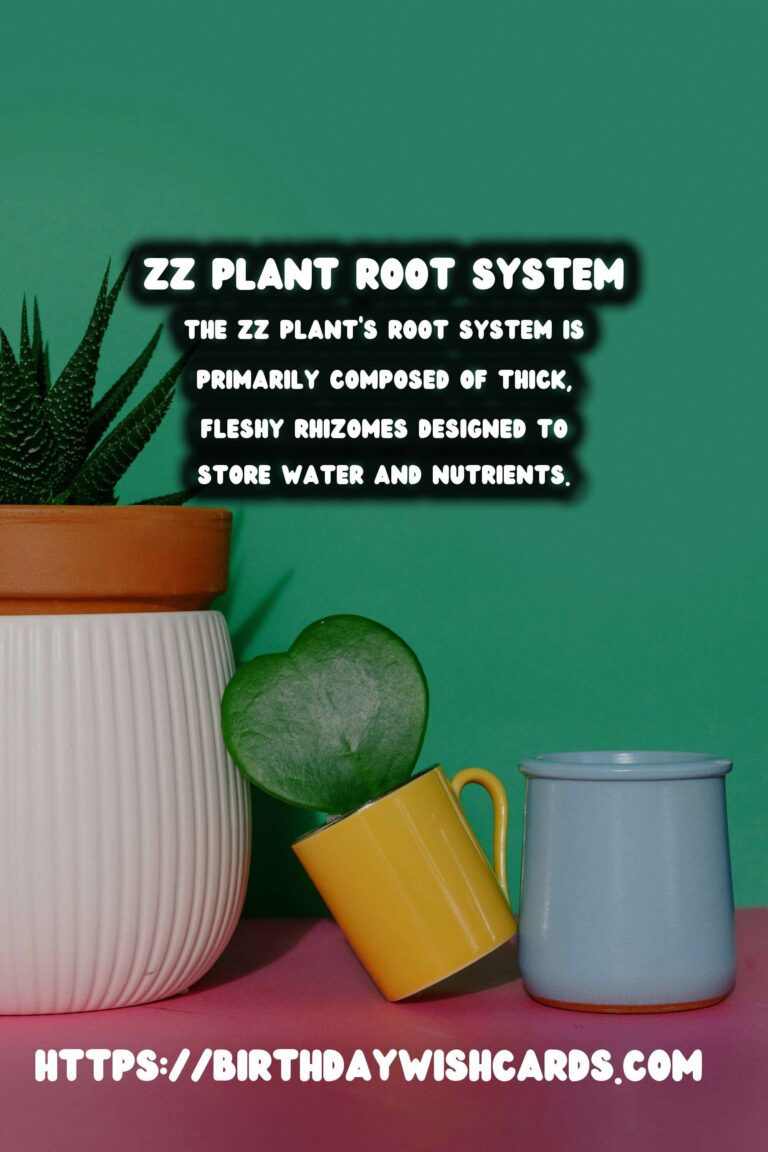
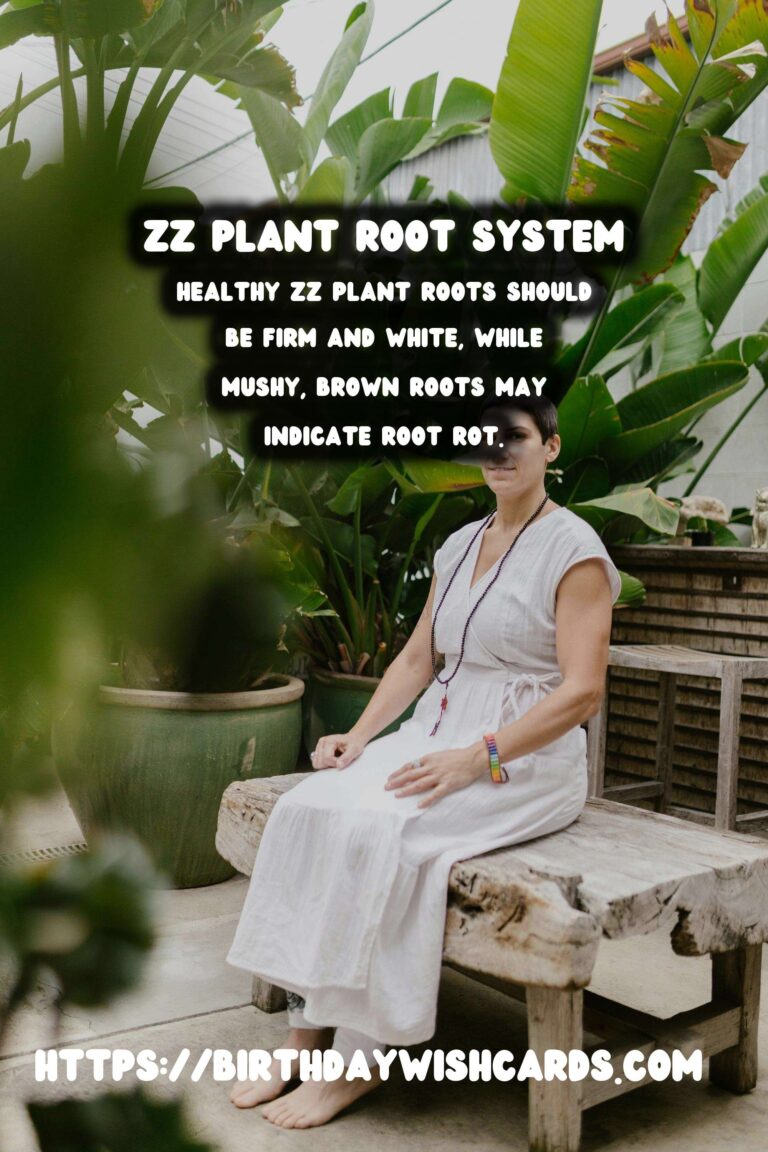

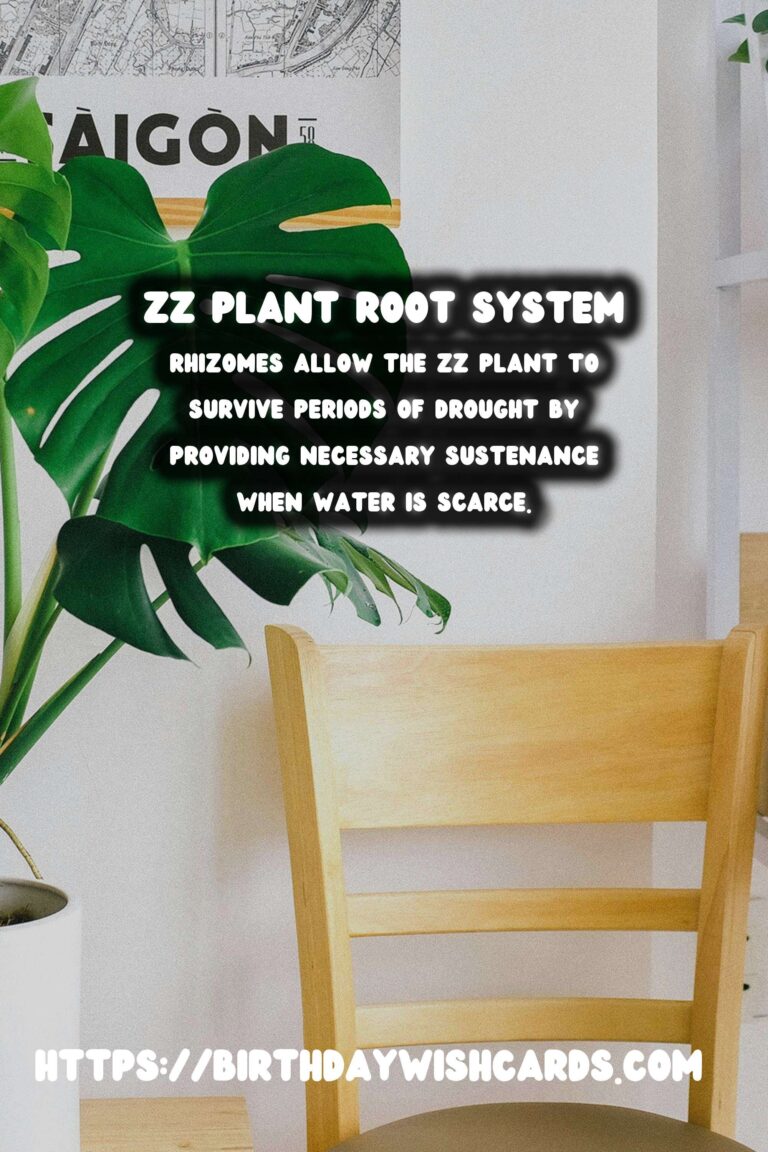
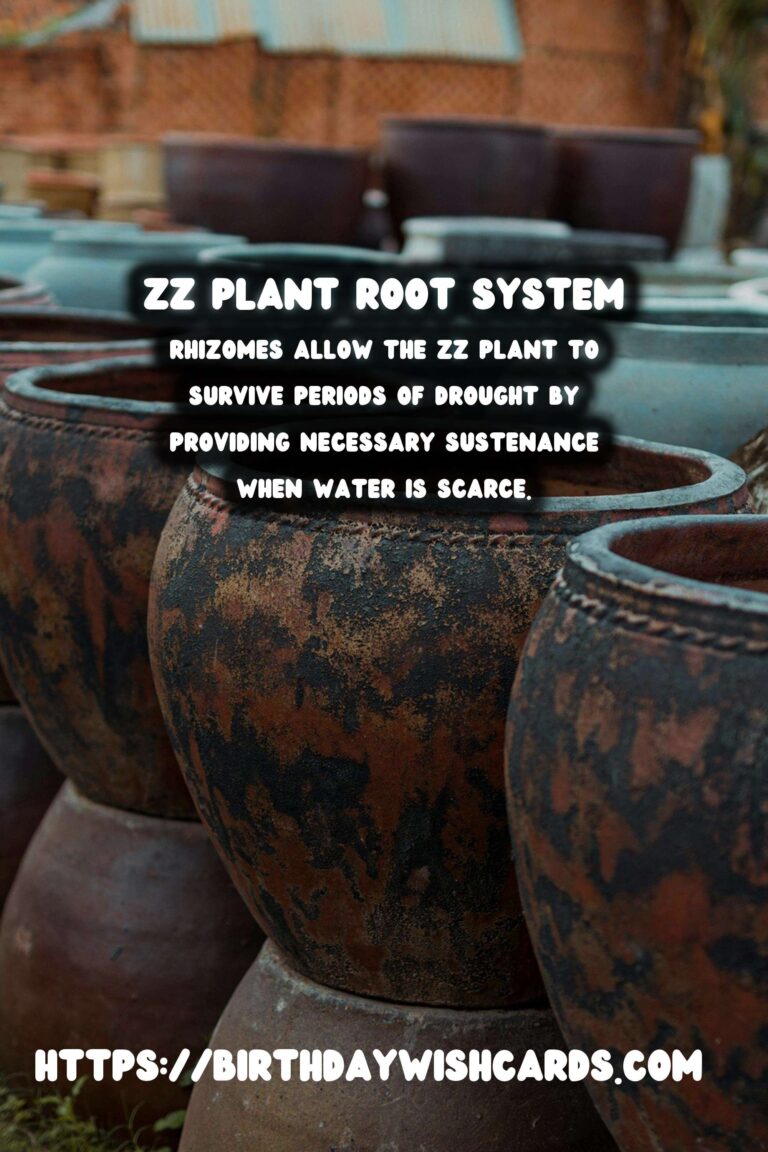
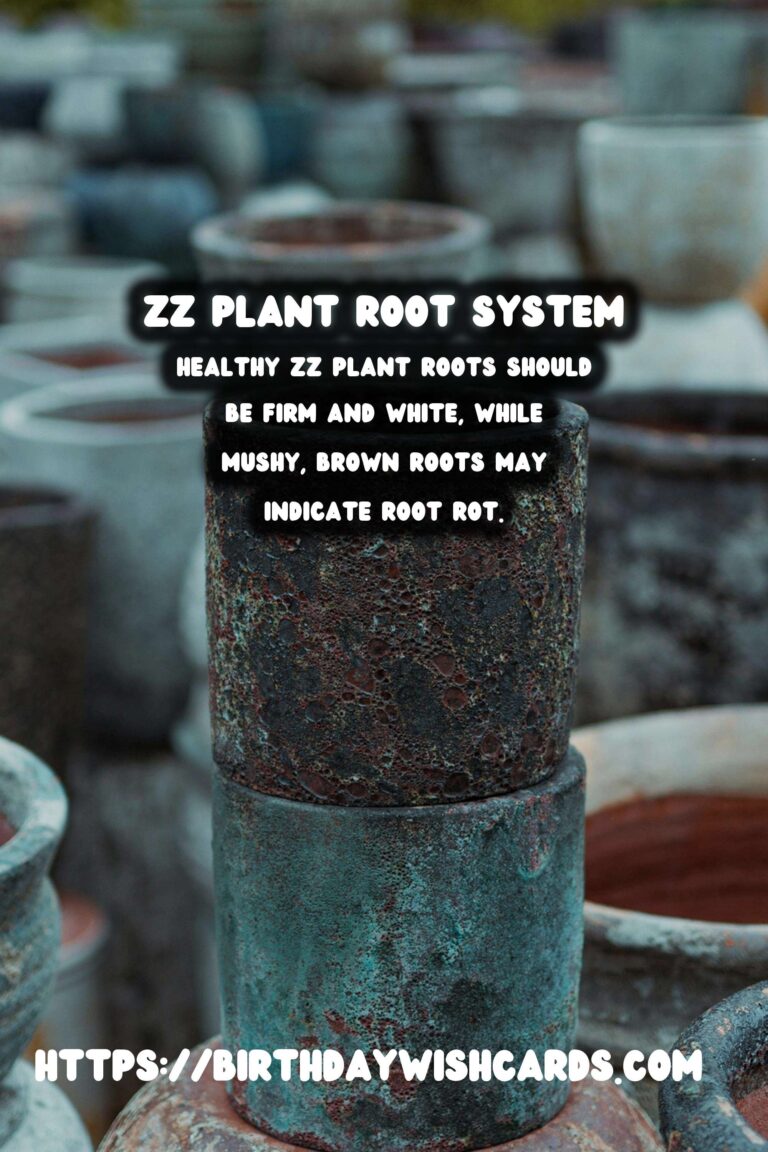
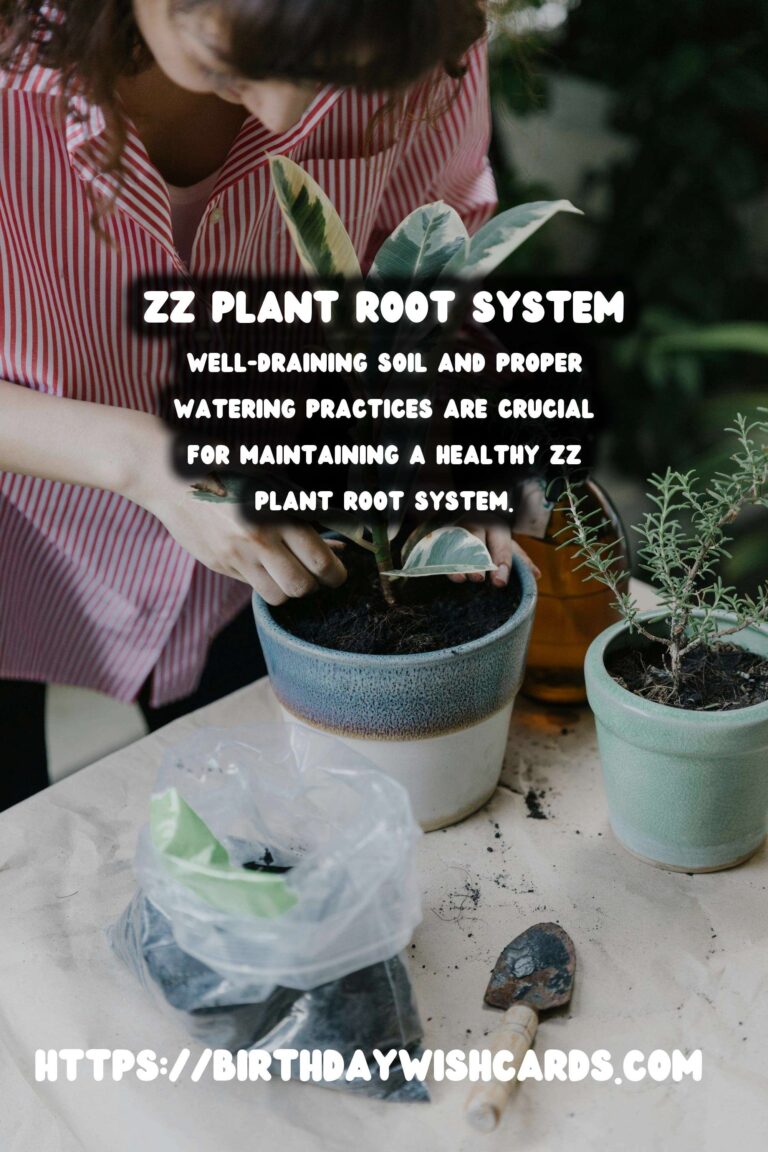
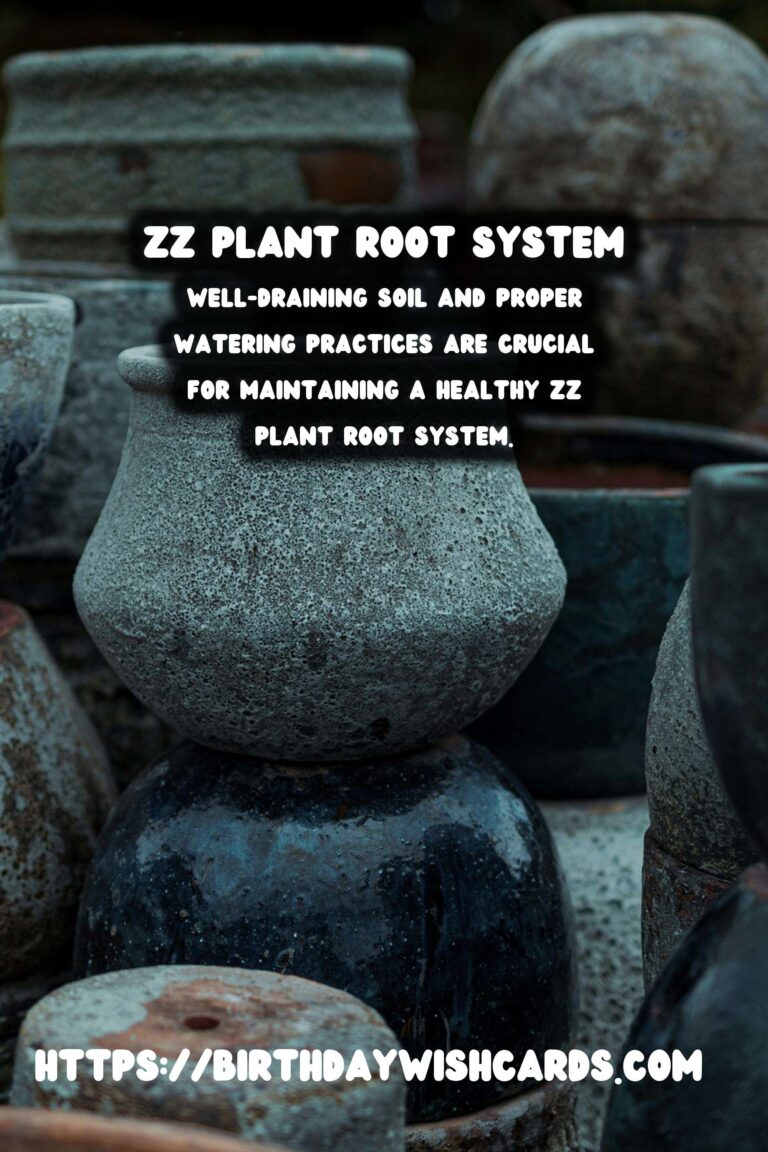
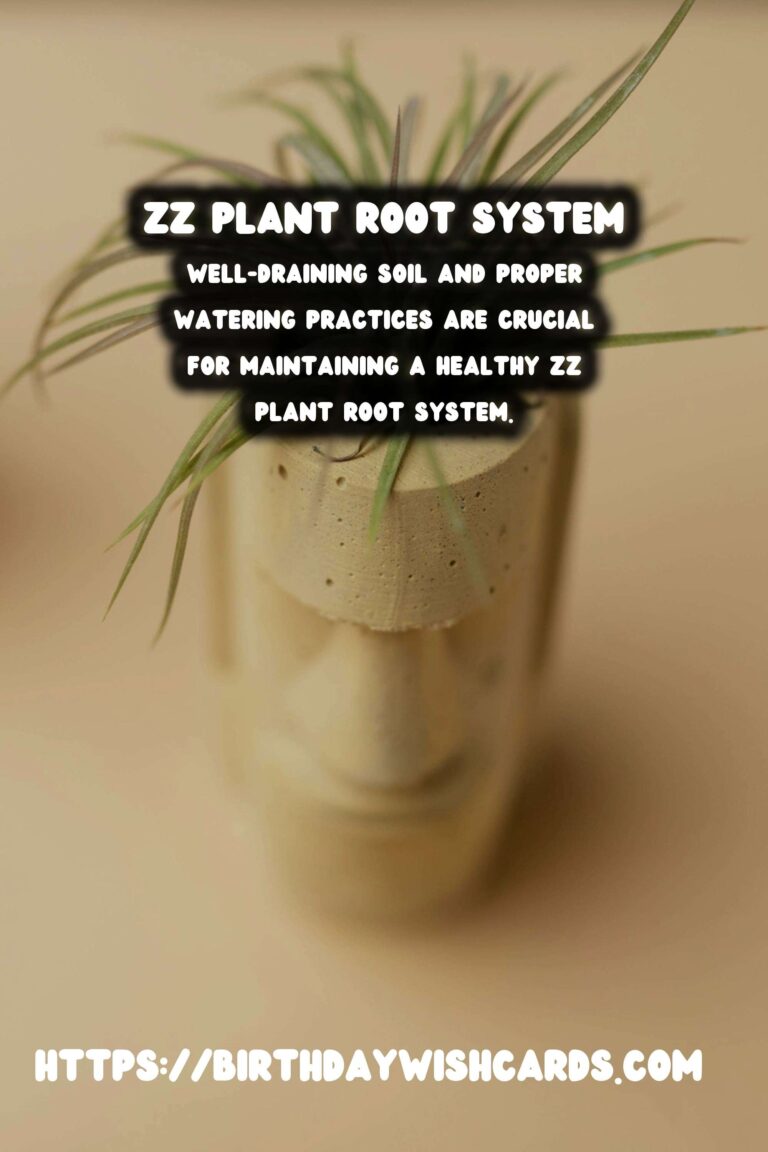
#ZZPlant #Houseplants #IndoorPlants #PlantCare #Gardening




